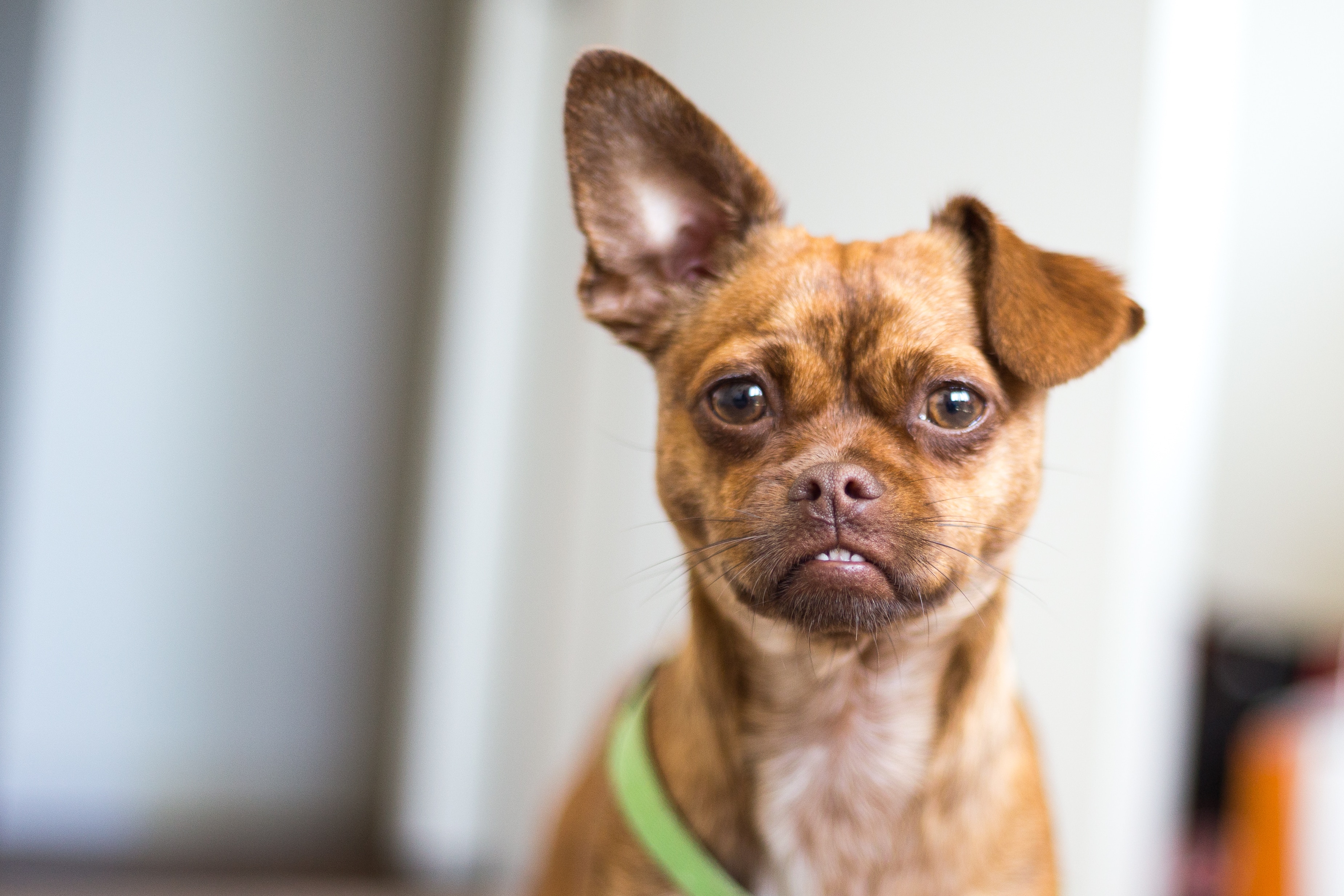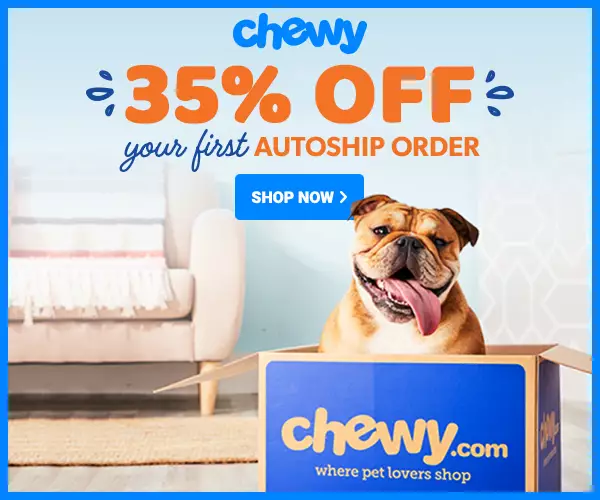3 Steps to Take if you Suspect your Dog has Ingested Rat Poison

Contents
You probably already know it’s not a good idea for dogs to any eat rat poison, but how much rat poison will hurt a dog? It depends on the active ingredient in the product.
Rodenticides are poisons that kill rodents after they eat them. Dogs are also attracted to these products because the poison is embedded in bait made from ordinary food products like grains and sugars.
Rat/mouse poison contains one of several different active ingredients. The toxicity of these ingredients varies. In this article, I’ll discuss the three most common chemicals used in rodenticides sold in the U.S.
Although this article provides general information, it’s not a replacement for veterinary care. Don’t fool around trying to guess how much rat poison will hurt your dog–consult your veterinarian. It’s always better to be safe than sorry when dealing with these powerful poisons.
Anticoagulants
Anticoagulants interfere with normal blood clotting. When blood can’t clot, internal bleeding occurs. This is the way these chemicals kill rodents.
Symptoms start around four to ten days after ingestion. Vitamin K acts as an antidote to anticoagulant intoxication.
Symptoms of Anticoagulant Toxicosis in Dogs
- Labored breathing
- Lethargy
- Pale gums
- Coughing with or without bringing up blood
- Vomiting
- Bloody nose
- Bloody or black tarry stools
- Lameness
- Bruising
First-Generation Anticoagulants
First-generation anticoagulants include warfarin, chlorophacinone, coumatetralyl, coumafuryl, fumarin, pindone, and valone. These chemicals cause toxic effects after being eaten by rodents several times rather than immediately.
Because first-generation anticoagulants take time for symptoms to develop, they are somewhat less dangerous to dogs than other rodenticide chemicals.
Serious symptoms occur when dosages exceed 0.5 mg/kg of body weight. Consult the product packaging to find the concentration of the active ingredient. A series of calculations are needed to determine how much active rat poison your dog ingested.
It’s often difficult to know exactly how much your dog ate, so consult your veterinarian as to whether your dog needs treatment.
Second-Generation Anticoagulants
Second-generation anticoagulants like brodifacoum, bromadiolone, diphacinone, and difenacoum were created to kill rodents that developed resistance to first-generation anticoagulants.
This group of chemicals is more toxic because they’re longer-acting and a smaller dose will cause abnormal blood clotting.
Each chemical in this class has a different level of toxicity. Veterinary intervention is recommended for dogs who ingest second-generation anticoagulants in dosages ≥ 0.02 mg/kg.
You’ll notice that is a small number, so if your dog ate one of these chemicals, take him to see a vet right away!
Neurotoxins
Bromethalin
Bromethalin is a chemical that acts on the central nervous system when eaten by animals.
Dogs who eat bromethalin develop neurological abnormalities including paralysis and/or seizures. Symptoms start one to four days after they eat the poison and may progress over a period of weeks. There is no antidote for bromethalin intoxication.
Symptoms of Bromethalin Toxicosis in Dogs
- Rear limb weakness
- Incoordination
- Seizures/convulsions
- Death
The ASPCA’s Animal Poison Control Center recommends starting decontamination procedures for dogs exposed to 0.1 mg/kg. For a 20-pound dog (9.1 kg) a toxic dose would be 0.91 ounces. Most bromethalin baits blocks weigh half to one ounce but may weigh up to four ounces.
Since there is no antidote for this deadly poison, don’t guess how much rat poison will hurt your dog! Get a veterinarian involved immediately.
Vitamin D Overdose
Cholecalciferol
Cholecalciferol is a form of vitamin D. While this vitamin is necessary in small amounts to maintain health in dogs, overdoses lead to mineralization of body tissues. Kidney failure is one of the common symptoms.
Symptoms show up in one to four days after ingestion. There is no antidote for cholecalciferol intoxication.
Symptoms of Cholecalciferol Intoxication in Dogs
- Poor appetite
- Vomiting
- Diarrhea
- Bloody or black tarry stool
- Weakness
- Lethargy
- Increased drinking
- Increased urination
Dogs start to show symptoms at a dose of 0.1 mg of cholecalciferol per kg of body weight. A 20 pound dog only needs to eat 10% of an average cholecalciferol bait block to show symptoms!
What To Do If You Think Your Dog Ate Rat Poison
- Find the packaging of the product so you have the technical information it lists on the label. Try to estimate how much your dog ate.
- If your dog is showing any unusual symptoms already, go directly to a veterinary clinic for help. If your dog seems normal or at least stable proceed to the next step…
- Call Pet Poison Helpline at 800-213-6680
OR
ASPCA Animal Poison Control Center at 888-426-4435
For a fee of about $65, veterinary toxicology experts will analyze the particulars of the case and tell you what to do next. You’ll receive a case number so your vet can call for more info and you only pay once.
Even if your dog is not showing any symptoms now, he may be in for some bad times in the coming days. The sooner you get the proper treatment for your dog, the better the chances for a good outcome.
Disclaimer:
This article contains general information about veterinary medical conditions and treatments. The content is intended for information and entertainment purposes only and should not be used in place of professional veterinary medical advice or treatment.
References and Resources:
- Brutlag, A. G., MS, DABT, DABVT. (2018, August 23). Rodenticide Revolution: D-CON says, “Good-bye anticoagulants, hello Vitamin D.” – August 2024. Retrieved September 10, 2024, from https://www.petpoisonhelpline.com/webinar/rodenticide-revolution/
- Dreikorn, B. A., & O’Doherty, G. O. (1984). The discovery and development of bromethalin, an acute rodenticide with a unique mode of action [chemical structures]. In ACS Symposium series-American Chemical Society (USA).
- Eason CT, Wickstrom M, Henderson R, et al. Non‐target and secondary poisoning risks associated with cholecalciferol. New Zealand Plant Protection 53:299‐304, 2000
- General Questions. (n.d.). Retrieved from https://www.d-conproducts.com/faq/general-questions/#faq-1
- Treating Bromethalin Toxicosis. (n.d.). Retrieved September 10, 2024, from https://www.aspcapro.org/resource/shelter-health-poison-control/treating-bromethalin-toxicosis

